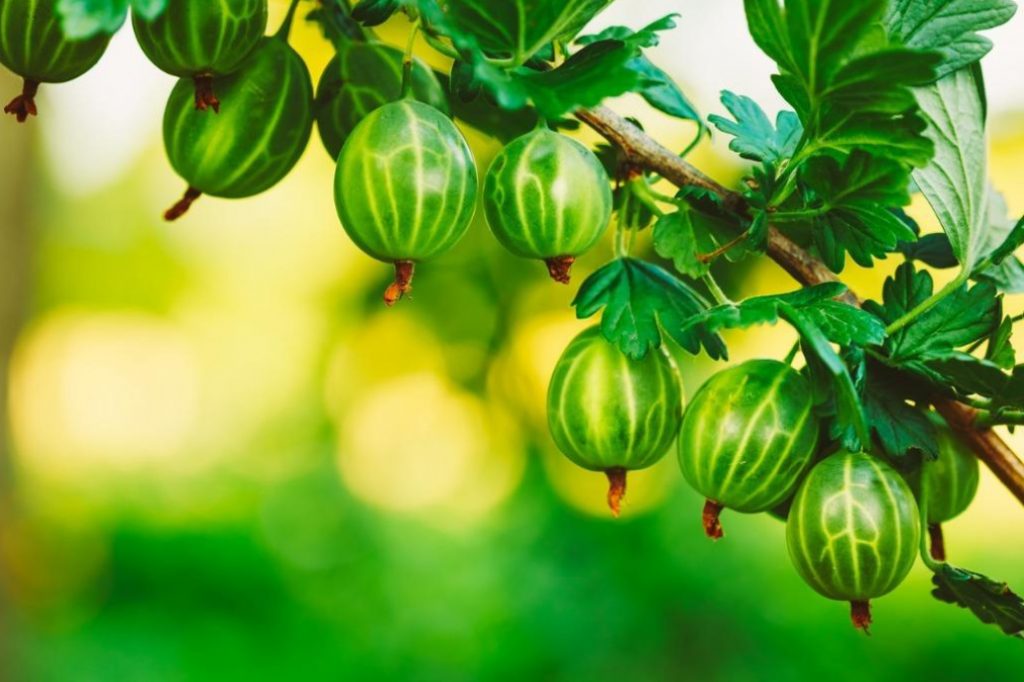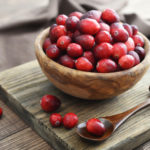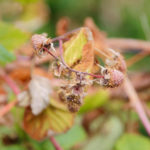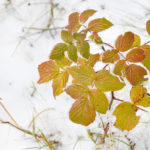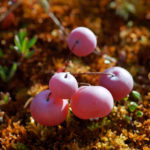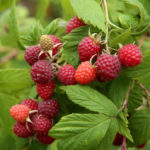You are just beginning to learn the basics of horticultural science and do not know where to start? Plant unpretentious berry bushes on the site, which with minimal care will please with a generous harvest and charge you with enthusiasm for new experiments.
Black currant
No garden plot can do without this easy-to-grow and productive crop, because its berries are not only delicious, but also very useful.
Features
Black currant will agree to grow in light shade, but it will be better to bear fruit in an open Sunny area. It will thank you for a well-drained, moisture-intensive and fertile soil, and on acidic soil will wither and mope.
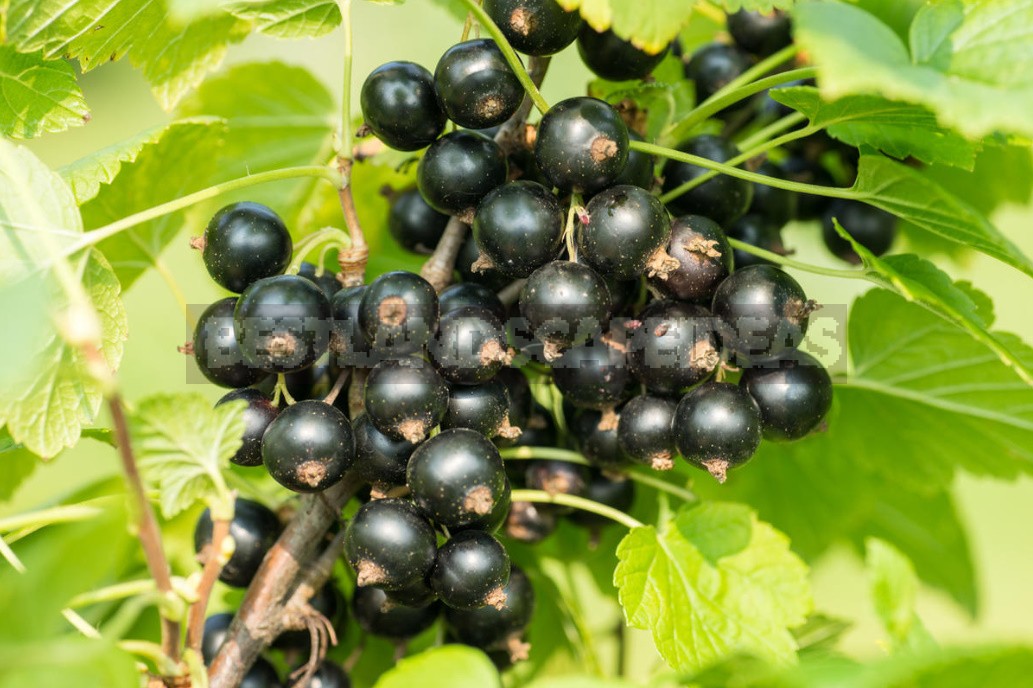
Landing
This berry begins to grow very early, so it is better to move the planting to September. Prepare the landing pit in advance, making it organic and mineral preparations. Seedlings are planted obliquely, sinking into 6-8 cm. After planting, cut off the shoots, leaving 2-4 well-developed buds on each. Seedlings with a closed root system can be planted from spring to autumn.
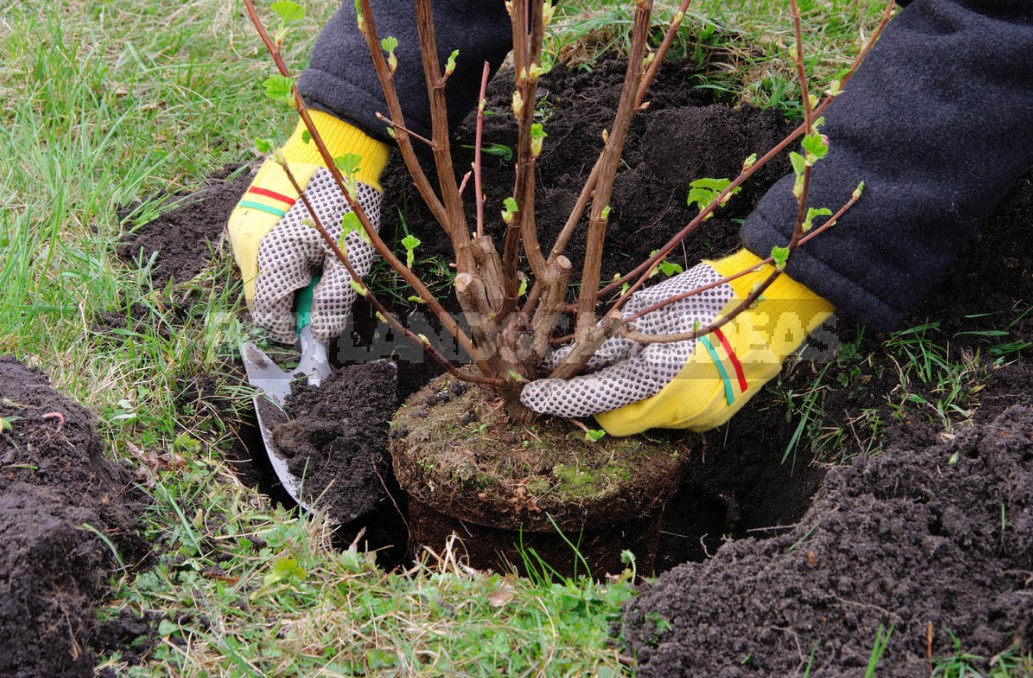
Care and pruning
Black currant is a moisture-loving crop. In the absence of precipitation, water it every 5-7 days, moistening the soil to a depth of 30-35 cm. Mulching of the trunk circle will help to keep moisture in the soil.
During the season, carry out 3 top-UPS: in the spring-nitrogen fertilizer; during the filling of the ovary-a complex preparation; after fruiting, add phosphoric-potash fertilizers and humus.
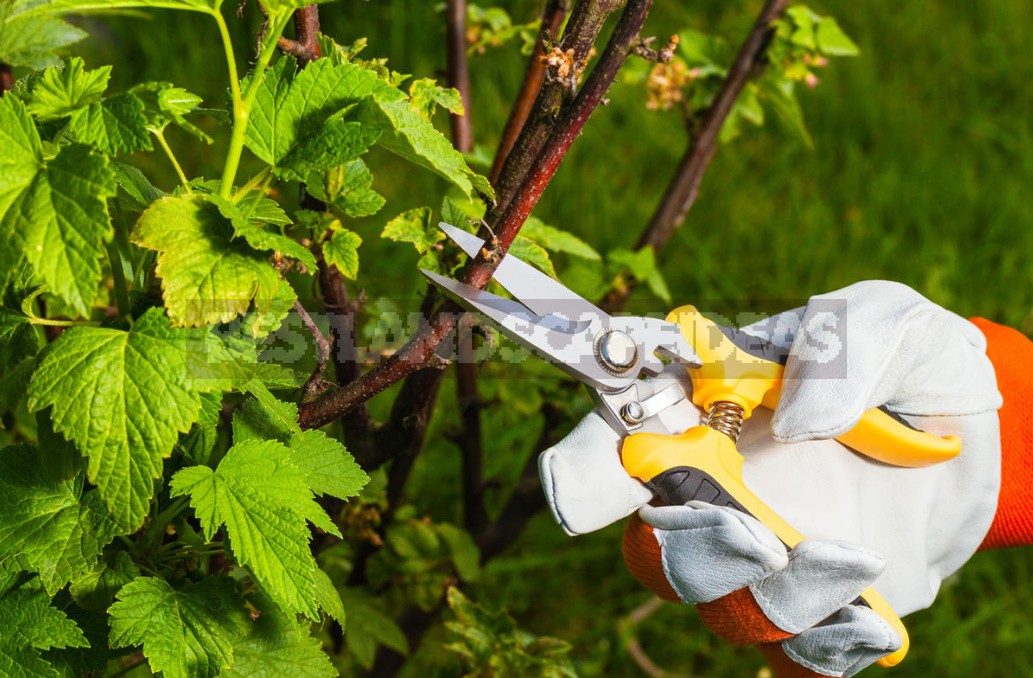
By the age of 5, your garden should show off a spreading berry garden consisting of 12-15 branches of different ages. Annually in the fall, cut out weak, painful and thickening shoots. Replace old shoots of young growth, cutting the top of his head to stimulate branching.
Red currant
This crop gives its owner a decent harvest, without requiring much trouble when growing.
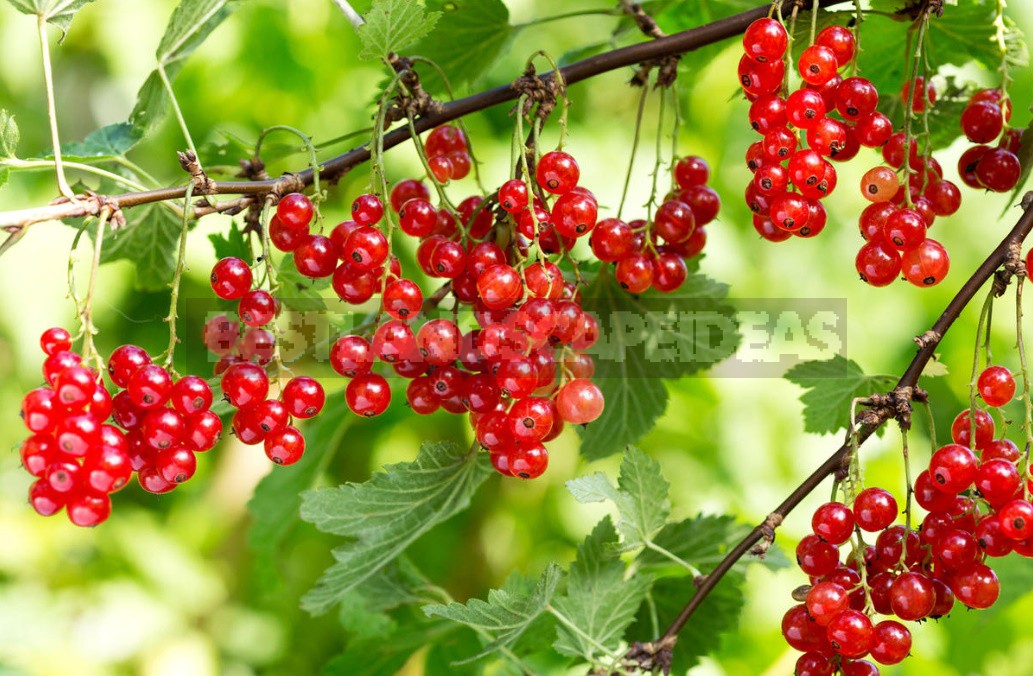
Features
Red currant will be happy to housewarm in a quiet and well-lit place: in the shade, the quality and size of the crop decreases. It will not forgive planting in the lowlands, where the soil dries up for a long time after snow and precipitation melts. A well-fertilized loam or sandy loam soil with a neutral or slightly alkaline reaction will help to achieve a rich harvest.
Landing
The best planting time is early autumn. Plant seedlings in the fertilized soil directly or obliquely, sinking 5-7 cm. After planting, cut each shoot to 3-4 buds.
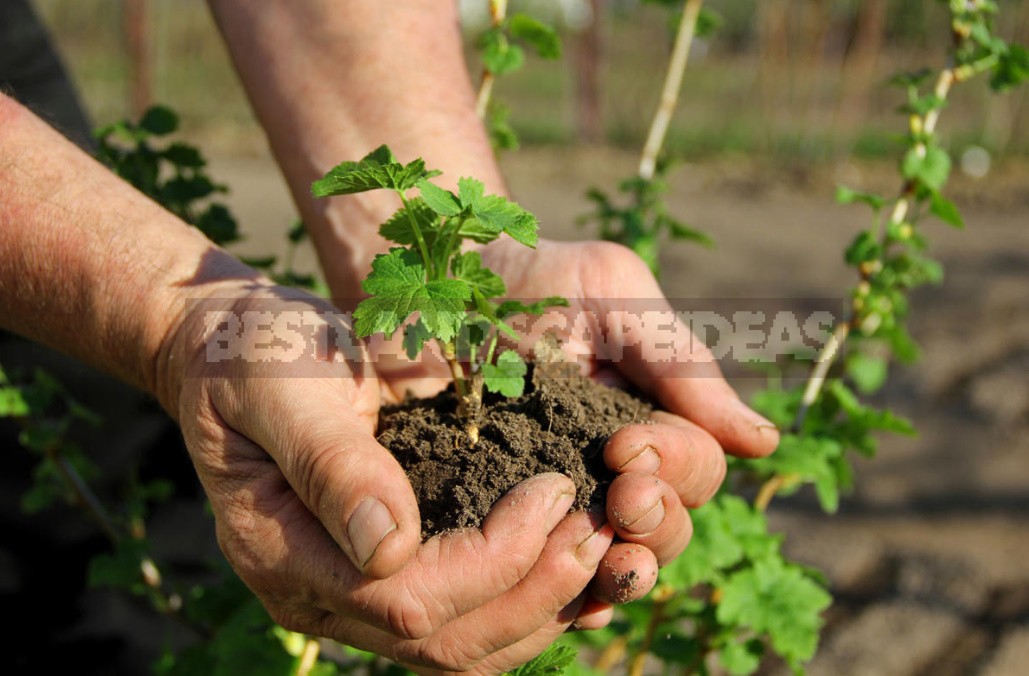
Care and pruning
During the period of active growth and fruiting, regularly water the berry patch, spending 2-3 buckets of water for each m² of the trunk circle. In a dry autumn, watering is mandatory.
In spring, treat the red currant with a solution of mullein (1: 10) or urea. During the ripening of the berries guide root fertilizing with a solution of nitrophoska. In early autumn, add fertilizers based on phosphorus and potassium, as well as humus.
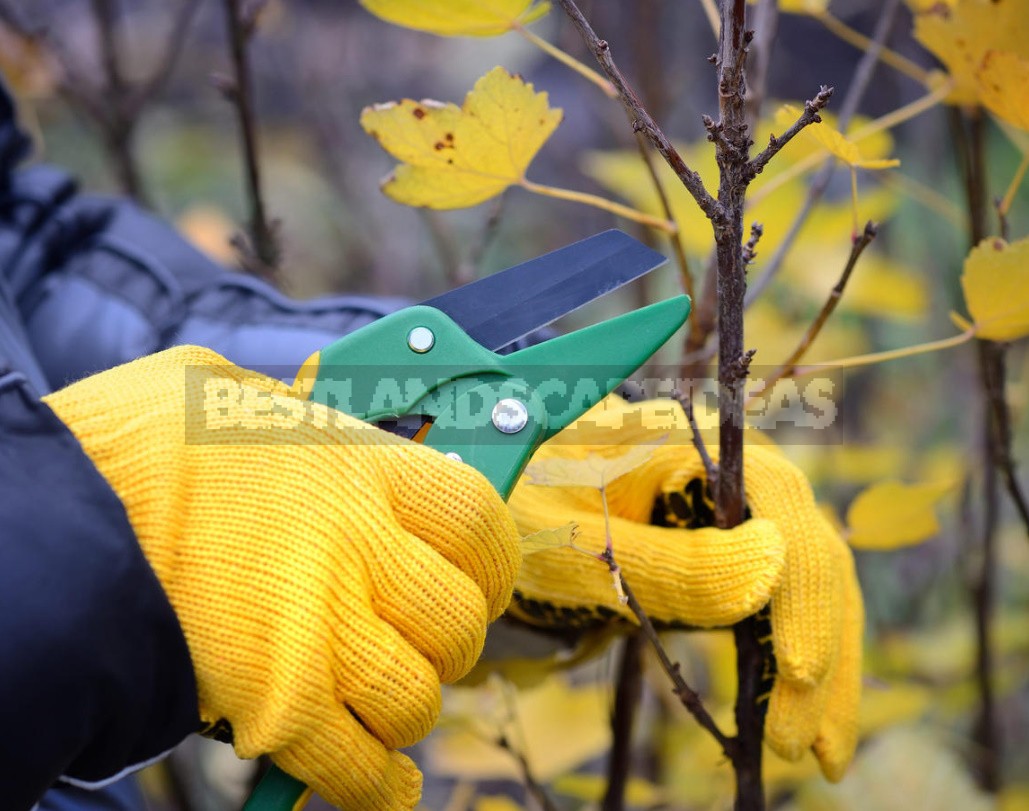
Maintain about 15-20 branches of different ages in the Bush, annually leaving 3-4 replacement shoots and cutting out old (7-8-year-old) branches. The tops of the shoots of this culture are not cut: flower buds are formed on them.
Raspberry
This semi-shrub has gained popularity due to its enviable vitality and sweet berries. To begin with, plant ordinary raspberries: its repair sister is more capricious.
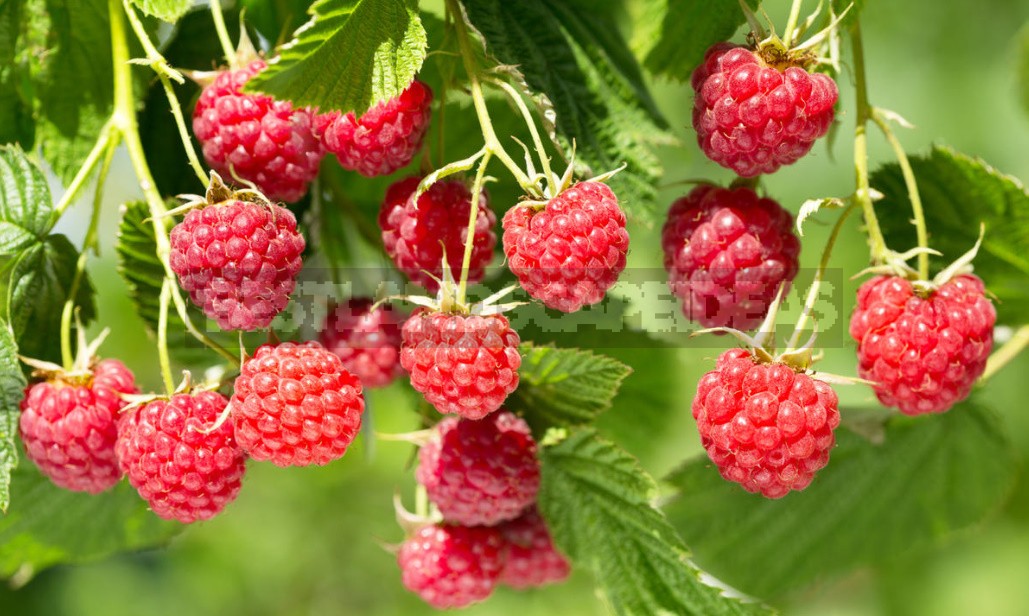
Features
Raspberries will grow well in a quiet Sunny corner of the garden, where a lot of snow accumulates in winter. However, this should not be a low-lying area in which moisture stagnates for a long time. This berry has a special love for drained, fertile and at the same time moisture-intensive soil with an acidity of 5.7-6.5 pH.
Landing
Lignified seedlings are planted in early spring or in the first half of autumn, green offspring – throughout the summer. The soil is enriched with organic and mineral fertilizers, young plants are not buried when planting. With the tape method of growing raspberries are planted in rows with rows of 1.5-2 m, and then on each linear meter hold 8-10 shoots. In the Bush method, planting pits are prepared with a step of 0.6-0.7 m, and then annually leave 4-5 shoots in each Bush. Supports for garter bushes in both cases are mandatory.
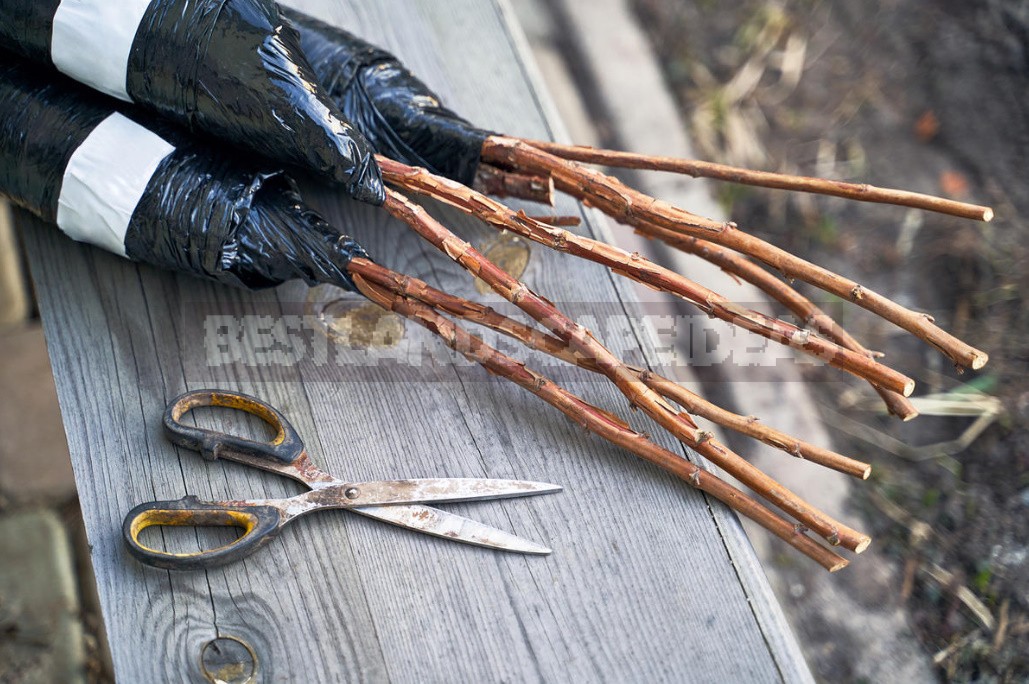
Care and pruning
Water the plants in a timely manner, not allowing the soil to dry out, but avoid its waterlogging. If there is a lack of moisture, the number of ovaries decreases sharply, the berries are small and tasteless.
In early spring, treat raspberries with nitrogen, during the filling period-with a complex preparation; after fruiting-with phosphorus and potassium. Special attention to organic matter-annually add humus under raspberries or cover the soil surface with organic mulch during the season, updating its layer as it rotts.
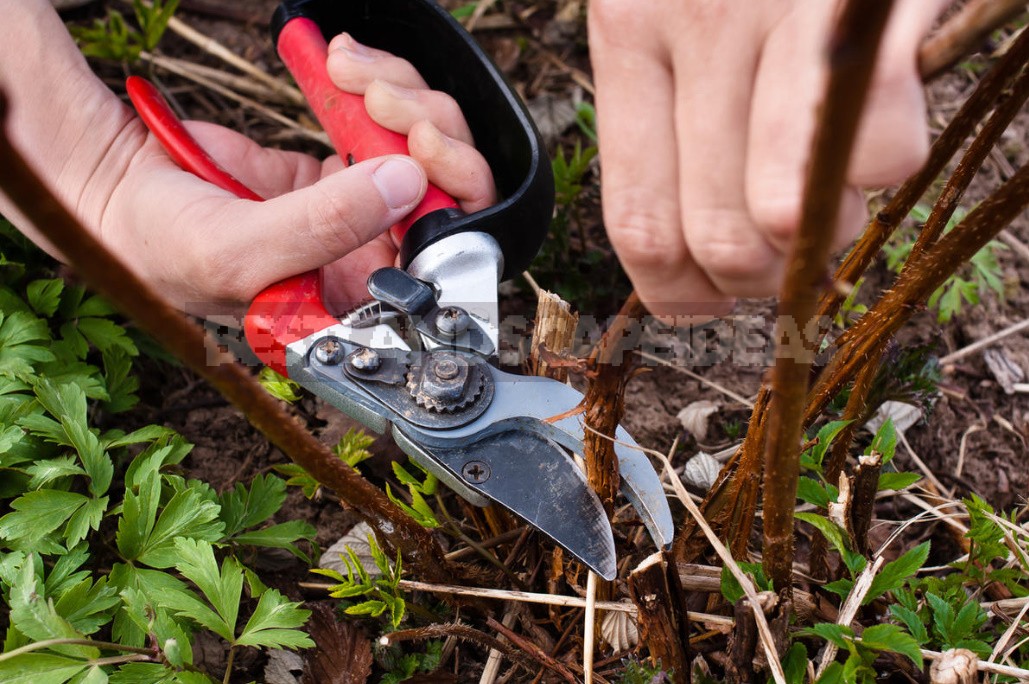
Immediately after picking the berries, cut out the shoots that bear fruit to zero, leaving a strong young growth, and next spring shorten it by 10-15 cm. During the season, regularly cut out excess root growth.
Gooseberry
The berries of the “Northern grape” have a unique taste, so this productive and unpretentious shrub begs to be planted one of the first.
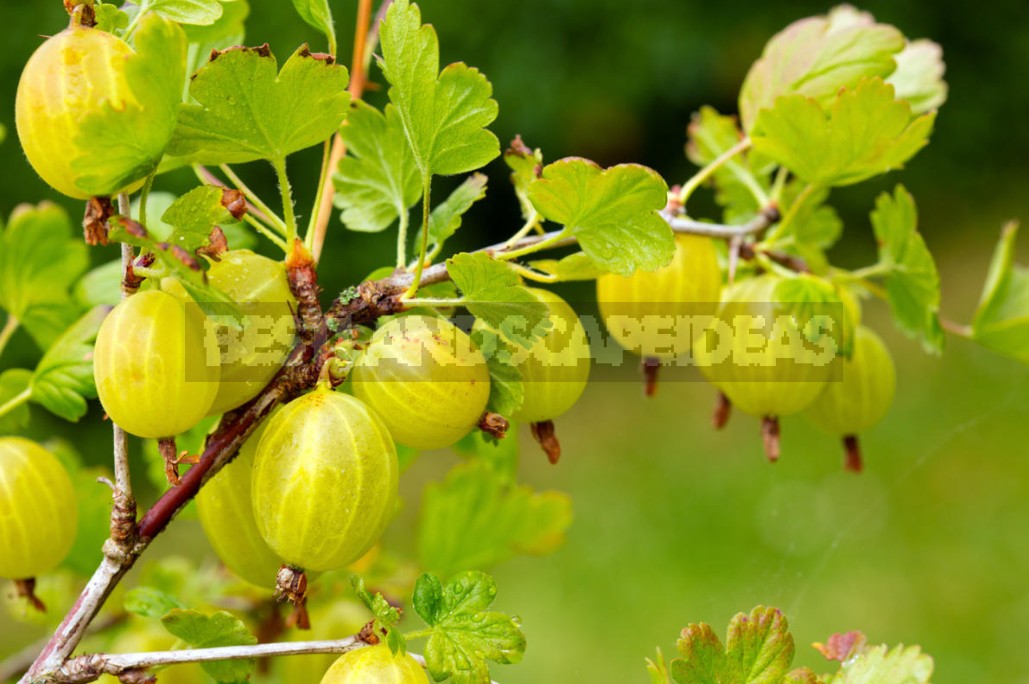
Features
This crop adapts easily to any conditions, but refuses to develop normally on swampy and acidic soil. The landing place is preferably open and Sunny. In shading, the yield of gooseberries falls — and the risk of fungal diseases increases.
Landing
Plant seedlings in September or early October, placing them without a slope and sinking to 6-7 cm. Landing pits must be prepared in advance. After planting, cut off the shoots, leaving 5-6 buds on each.
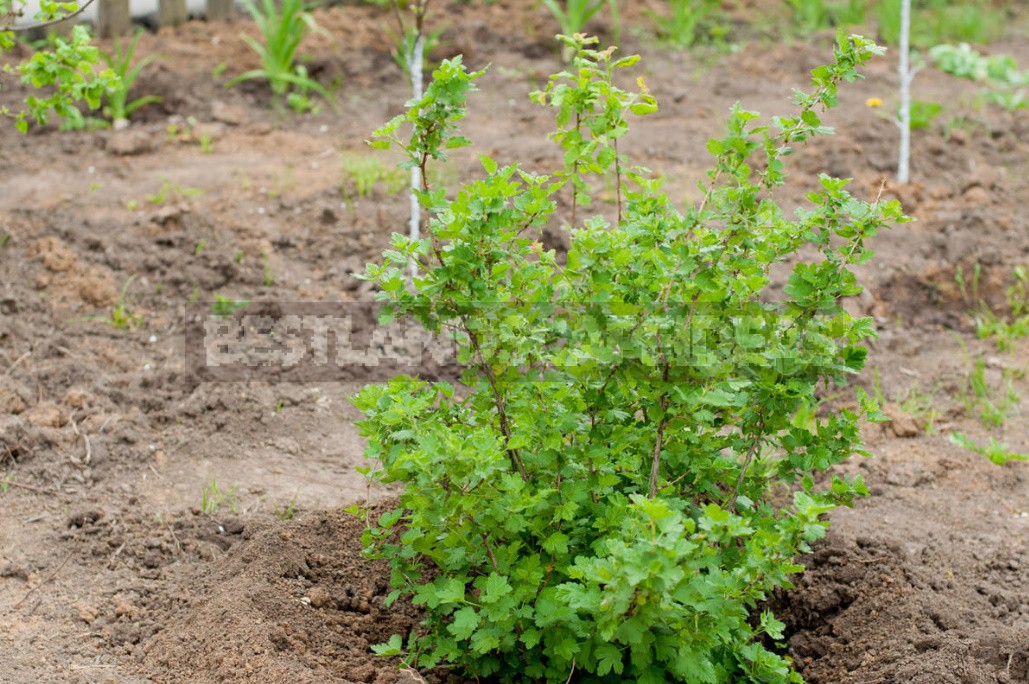
Care and pruning
Gooseberries, languishing from thirst, will not please the return, so in the spring and during the period of filling the berries, water it regularly. Water for this purpose should be heated in the sun, and the watering itself-strictly under the root.
The scheme of feeding gooseberries is the same as for other berries: in the spring — nitrogen; during the filling of the ovary — a complex mineral preparation; after fruiting — humus and phosphorus with potassium. During the active vegetation period, conduct 1-2 top-UPS on the leaf with a solution of trace elements.
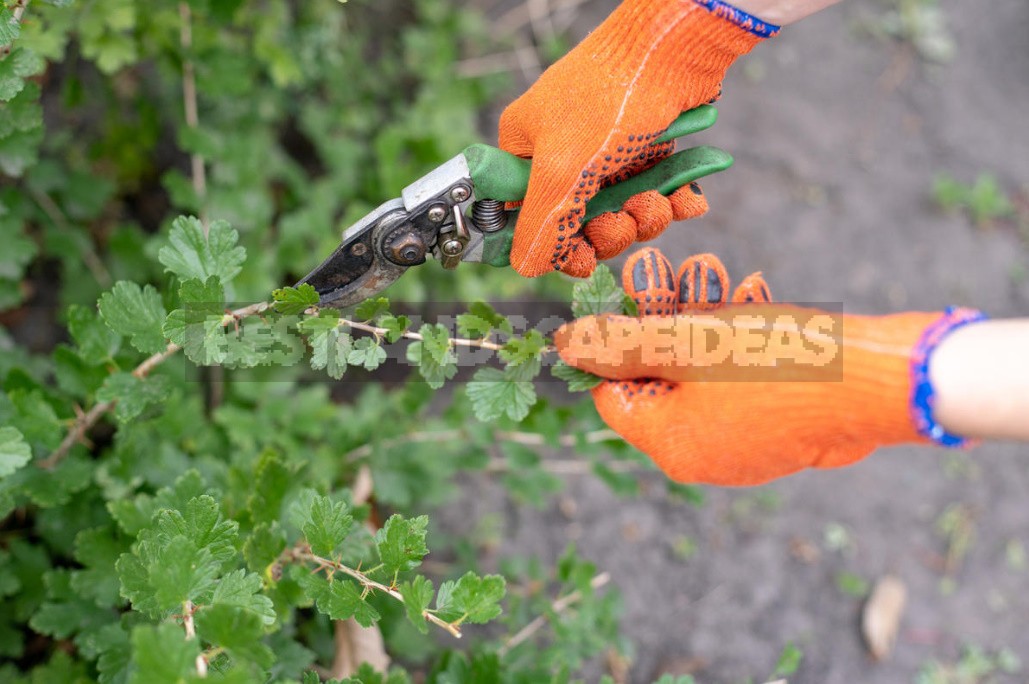
When growing this crop, it is important not to allow the crown to thicken, so every year in early spring or autumn after leaf fall, normalize the number of shoots in the Bush, leaving about 10 branches of different ages and shortening their damaged tops if necessary.
Honeysuckle
Be sure to allocate a place on the site for edible honeysuckle, which will annually bestow large delicious berries at the earliest possible time.
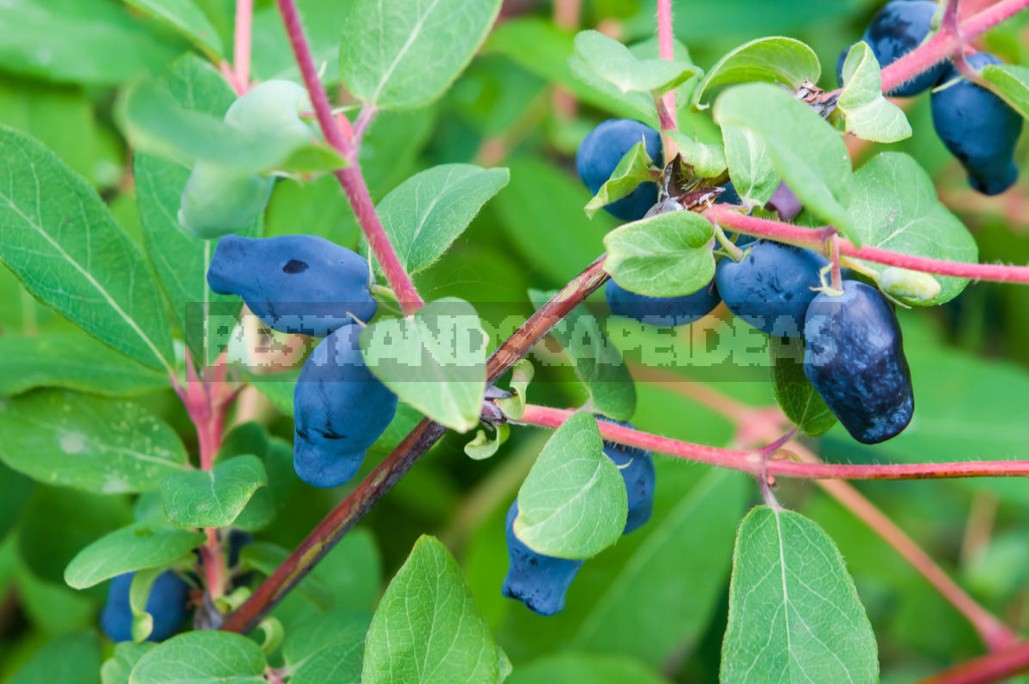
Features
Honeysuckle likes loamy and sandy loam soils rich in humic compounds, but refuses to develop and bear fruit on acidic soil, in damp places, and in shading.
Landing
You can plant this berry in the spring before budding and in the summer after the end of growth, but the best time is September. Plant young plants in well-fertilized pits so that the root neck after planting is below the soil level by 4-6 cm.
Care and pruning
Watering is moderate, but in dry weather — regular. Consumption — 2-3 buckets on an adult Bush. Do not allow a lack of moisture in the soil during the filling period of berries, otherwise they will be bitter.
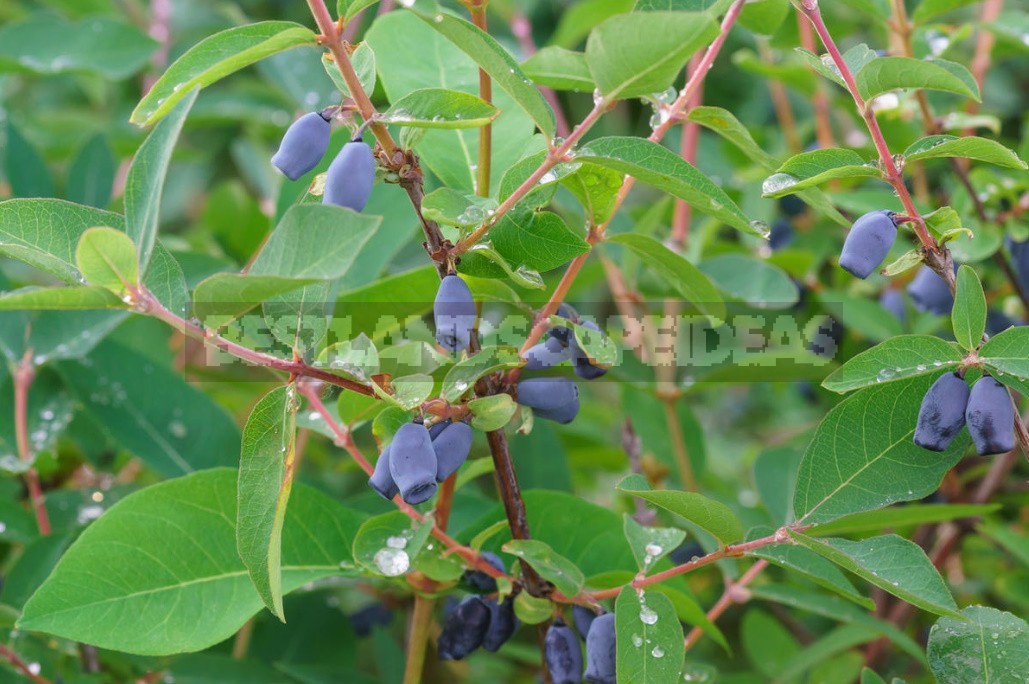
Honeysuckle is fed three times a season: in the spring-nitrogen fertilizers; during the ripening of berries-a complex of macro-and microelements, after fruiting, phosphoric-potassium preparations and humus are added.
Annually in the fall, cut out unproductive, weak and thickening shoots, as well as excess root growth. Since this berry bears fruit on annual shoots, it is not necessary to shorten the growth of the current season.
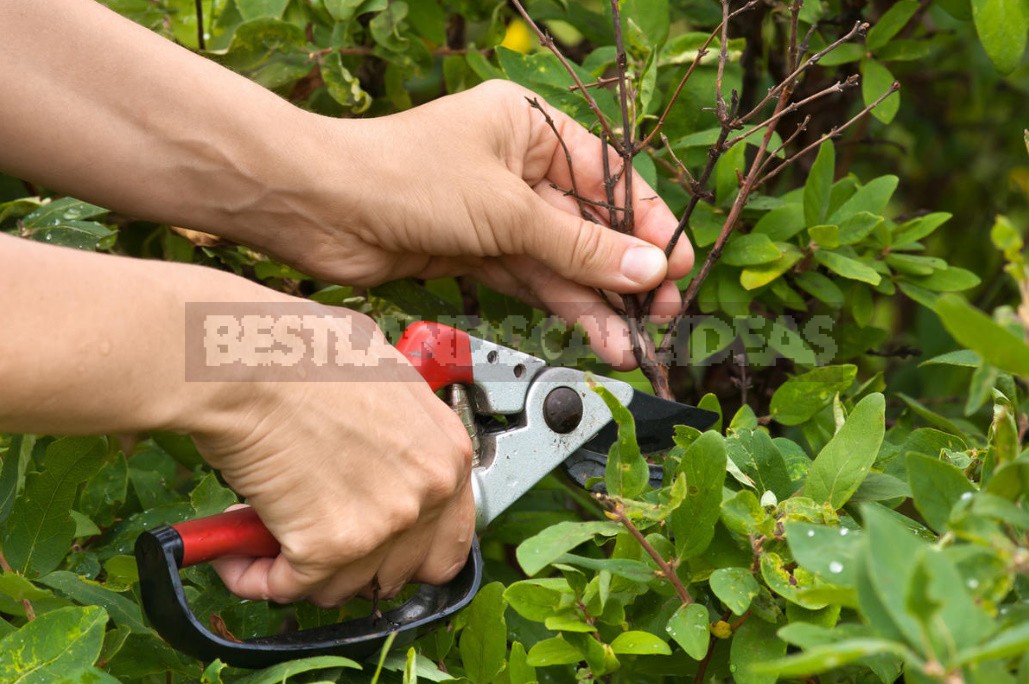
When caring for the above-described berries, do not neglect preventive treatments against diseases and pests, maintain cleanliness next to the bushes, regularly weeding out weeds, and do not be lazy in the fall to remove all plant residues. These simple procedures will help the plants stay strong and healthy, and you will receive a generous harvest of delicious and fragrant berries every year.
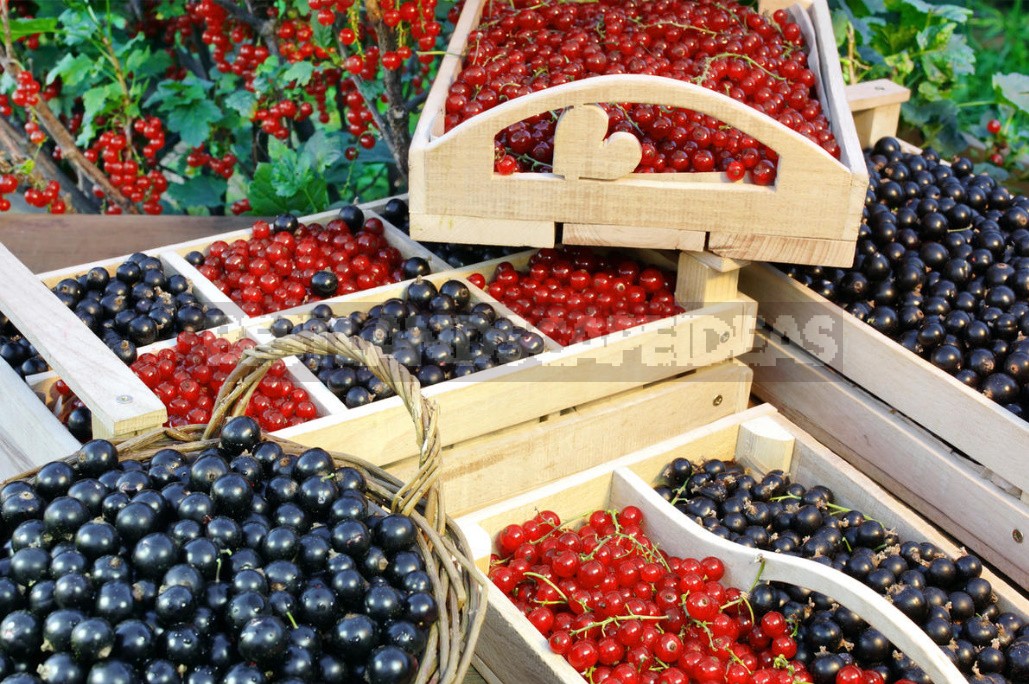
Dear readers, do you grow these berries in your garden? What varieties do you enjoy, and which ones have been abandoned? Or maybe you know special tricks when caring for these crops that help you always be with the harvest? Tell us about them in the comments.
